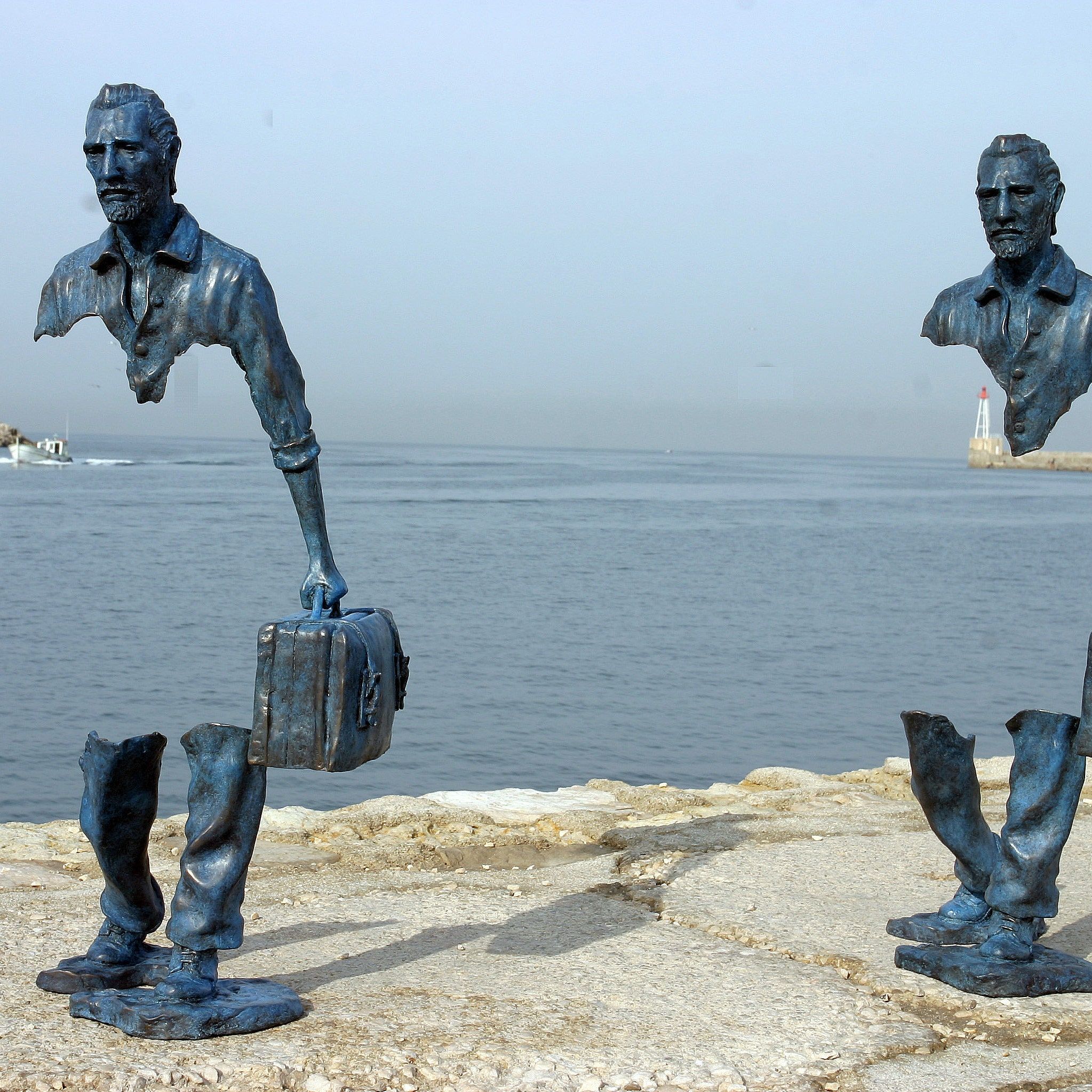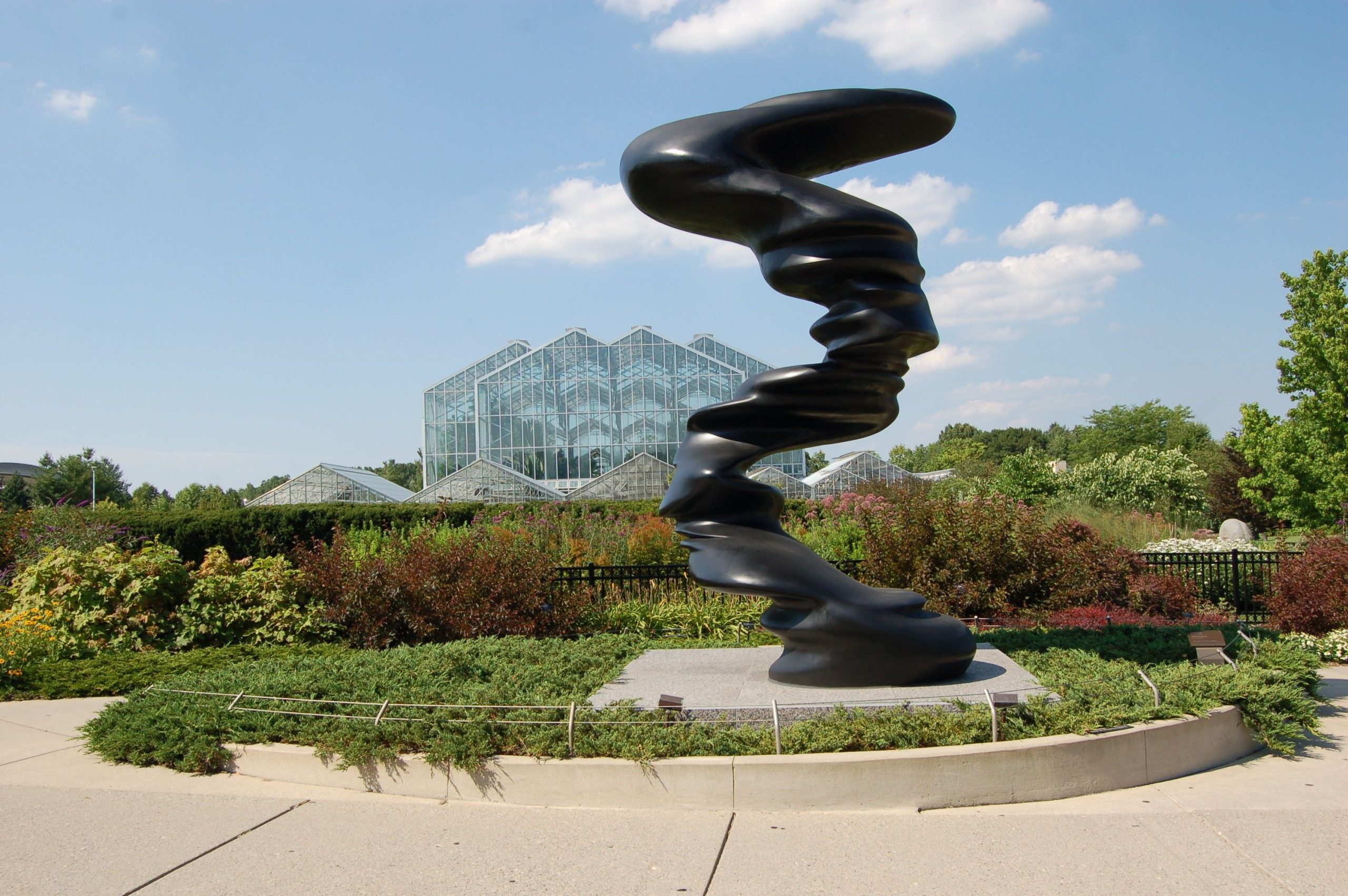In today’s digital age, traditional art forms like sculpture have undergone a transformative evolution. Contemporary sculpture, once limited by the constraints of physical materials and traditional techniques, has now embraced technology to push the boundaries of artistic expression. From 3D printing to interactive installations, contemporary sculptors are leveraging cutting-edge tools and technologies to create innovative and dynamic works that challenge our perceptions of art.
Exploring New Materials
One of the most significant developments in contemporary sculpture is the use of new materials. Traditional materials like wood, metal, and stone are still prevalent, but artists are increasingly turning to unconventional materials like plastic, glass, and even recycled materials. Advances in materials science have also led to the development of novel substances like carbon fiber and silicone, opening up new possibilities for sculptors to experiment with texture, transparency, and color in their work.
Embracing Technology
Technology has played a pivotal role in shaping the evolution of contemporary sculpture. Digital tools like CAD software and 3D modeling have revolutionized the design and fabrication process, allowing artists to create intricate and complex structures that would have been impossible to achieve by hand. The advent of 3D printing has further democratized the medium, making it accessible to artists of all skill levels and enabling them to produce highly detailed and intricate sculptures with ease.
Interactive sculptures are another exciting development in contemporary art. These immersive installations invite viewers to engage with the artwork in a direct and participatory way, blurring the lines between artist and audience. From kinetic sculptures that respond to movement and sound to augmented reality installations that invite viewers to explore a virtual world, interactive sculptures are pushing the boundaries of what is possible in the medium.
Social and Political Commentary
Contemporary sculpture has also become a powerful medium for social and political commentary. Artists are using their work to raise awareness of pressing issues like climate change, social injustice, and gender inequality, sparking important conversations and challenging viewers to think critically about the world around them. Sculptures that address these themes often use unconventional materials and techniques to create provocative and thought-provoking pieces that resonate with audiences on a deep and emotional level.
Environmental Consciousness
As concerns about the environment continue to grow, contemporary sculptors are increasingly turning to sustainable practices and materials in their work. Many artists are incorporating recycled or repurposed materials into their sculptures, highlighting the importance of recycling and conservation in a visually compelling way. The use of eco-friendly materials like bamboo, cork, and hemp is also on the rise, demonstrating a commitment to sustainability and responsible stewardship of the planet.
Conclusion
Contemporary sculpture has come a long way since its traditional roots, embracing technology, new materials, and innovative techniques to create works that are bold, dynamic, and thought-provoking. From interactive installations to social commentary, contemporary sculptors are pushing the boundaries of artistic expression and challenging our perceptions of what sculpture can be. As the medium continues to evolve, one thing is clear: the future of contemporary sculpture is bright, exciting, and full of endless possibilities.



